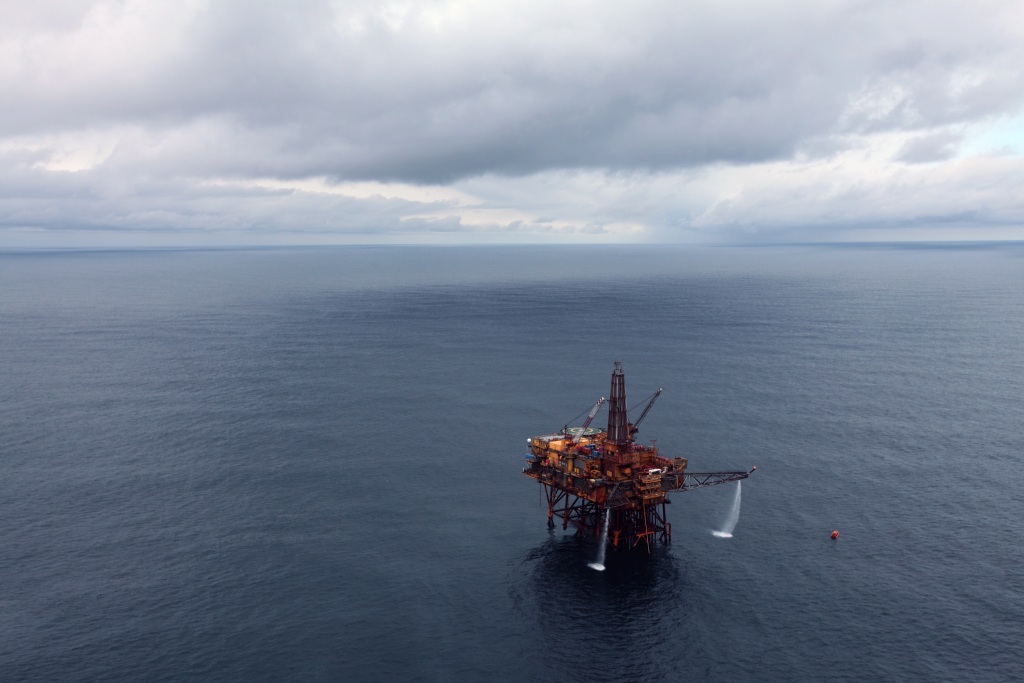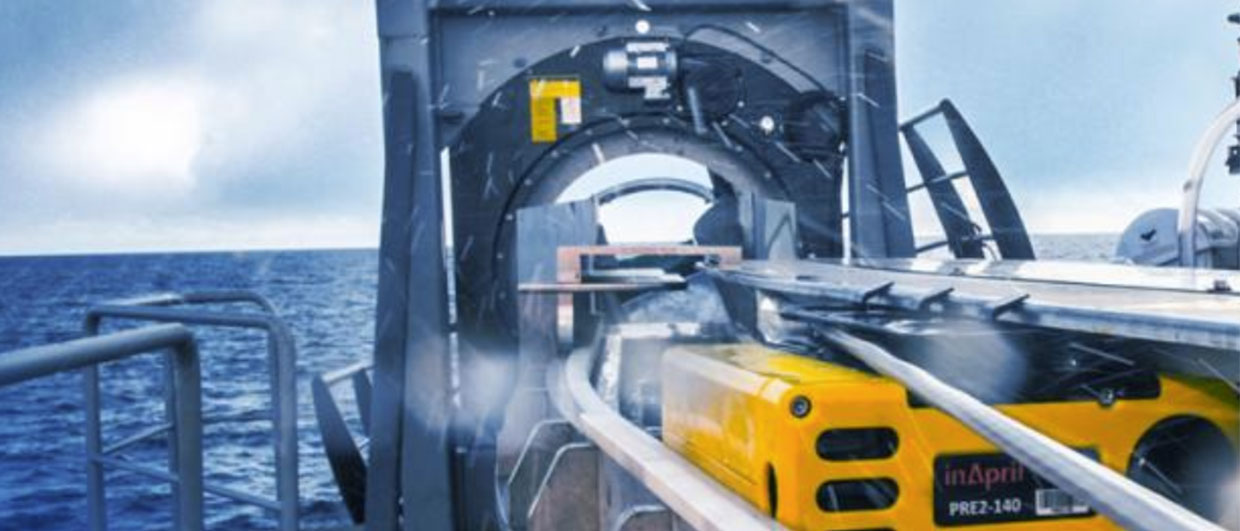
According to information we received from people with knowledge on the matter, the Hungary-headquartered company has given up on the Norwegian North Sea and intends to sell their assets. An attempt was made to get MOL Group to further clarify the decision but the company “is not commenting on future portfolio decisions.”
It is a sad end to a story that started in 2015 when Mol entered the NCS through the acquisition of 100% ownership of Ithaca Norway. The deal doubled the size of Mol Group’s portfolio, adding 600 MMboe of net un-risked prospective resources. These un-risked reserves were probably worth a little bit less than 600 MMboe, as now seems.
Mandal High
As we reported on extensively, Mol engaged in an ambitious three-well exploration campaign around the Mandal High in an attempt to prove hydrocarbons in the southern part of the Norwegian North Sea. A variety of reservoirs was targeted – Paleocene, Upper Jurassic and Rotliegend – but no commercial volumes were proven. This must have been major blow for the company – as well as for its partners – and did probably write off a significant chunk from the 600 MMboe of prospective reserves.

Attend the NCS Exploration Strategy Conference 17-18 November and hear how operators are shaping up their strategies to find more near-infrastructure volumes in order to extend the life of many of the hubs.
Evra/Iving
Another major project Mol took the lead in was drilling the Evra and Iving prospects along the northwestern margin of the Utsira High. The first well – 25/8-19S&A – proved hydrocarbons in both the Eocene Evra prospect as well as the Triassic Iving structure. In addition, oil was also proven in Jurassic Statfjord sandstones and fractured basement. Even though volumes for the combined pools were not released, Mol indicated that the Triassic represented the largest volumes amounting to an estimated 13 to 70 MMboe of recoverable resource.

Based on these findings, Mol appraised the Iving discovery with an ambitious two-well campaign (25/8-21S & 25/8-22S) this summer, with the potential of drilling a side track from each well too. Following completion of the two wells – without having the side tracks drilled – the NPD press release stated that the results would lead to a downward adjustment of volumes previously stated.
Based on an interpretation of the information released into the public domain, it looks likely that compartmentalisation and reservoir quality of the Triassic formed the main reasons for the volume downgrade.
All in all, the Norwegian adventure the Hungarian company embarked on in 2015 has clearly not panned out in the way people had hoped. However, it must also be concluded that the company has done things in order to prove the value initially anticipated, which ultimately is the only way to find out in the exploration business.
HENK KOMBRINK




